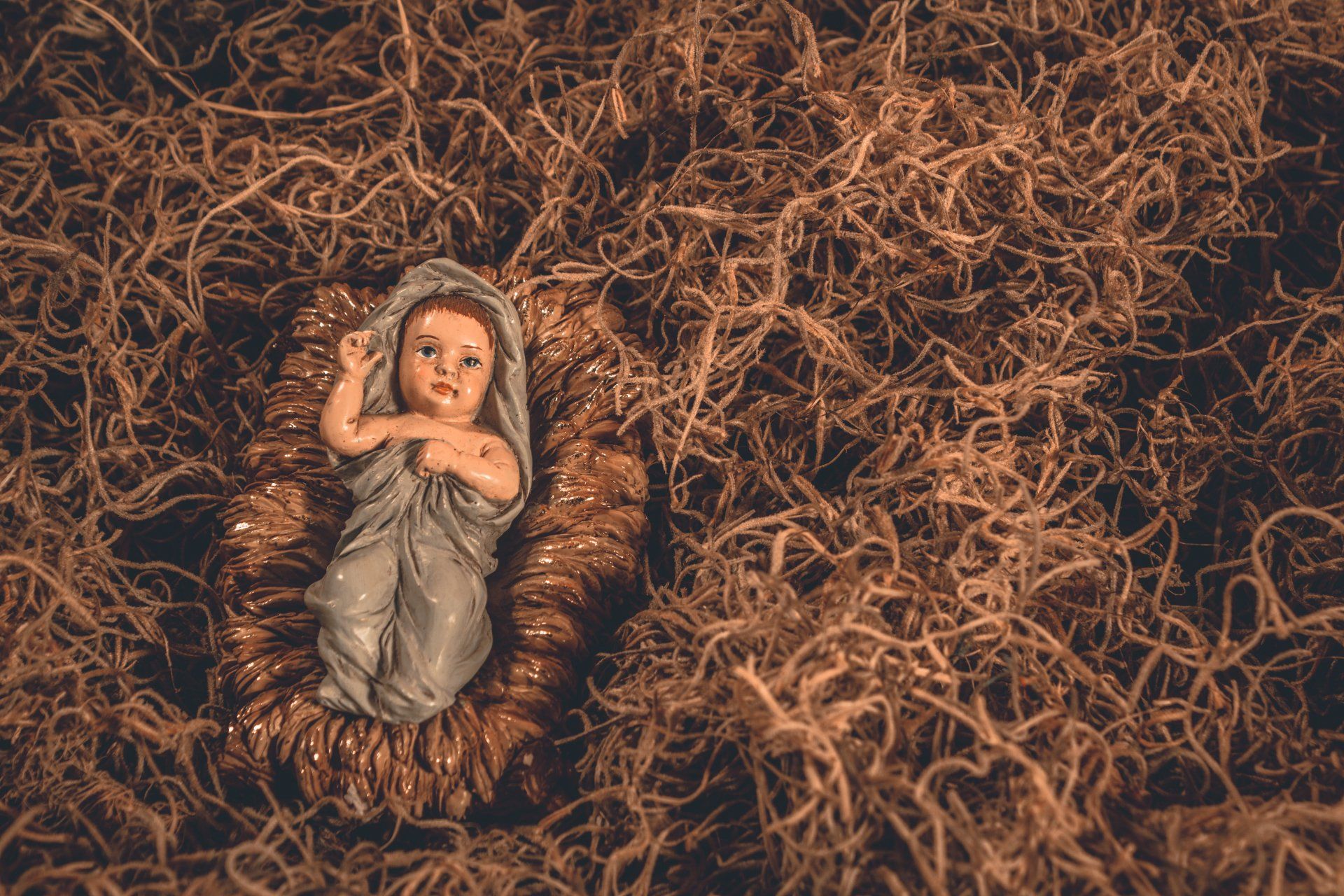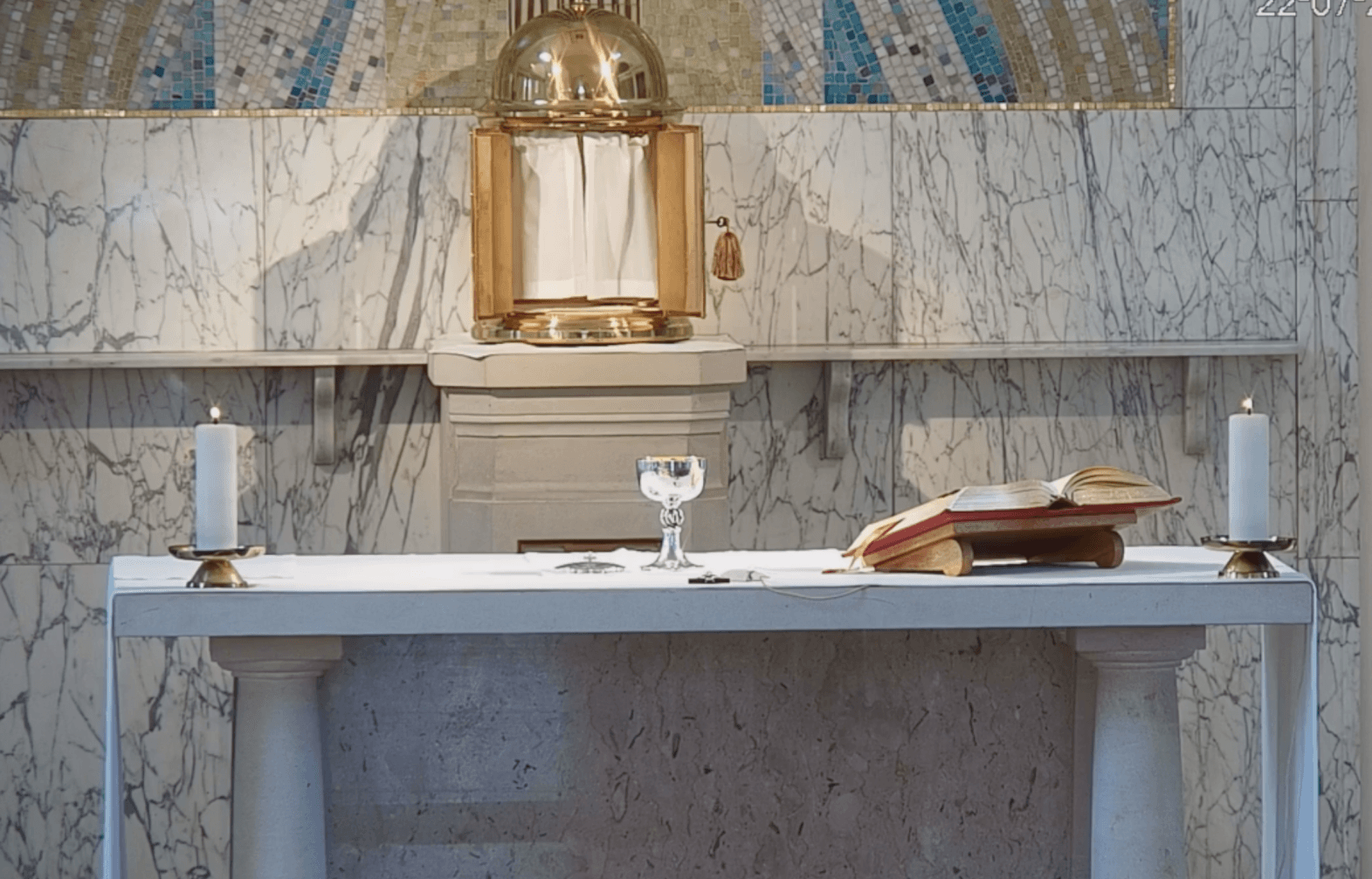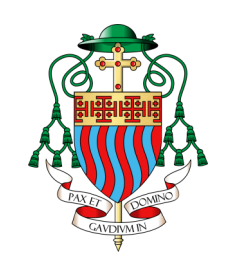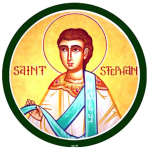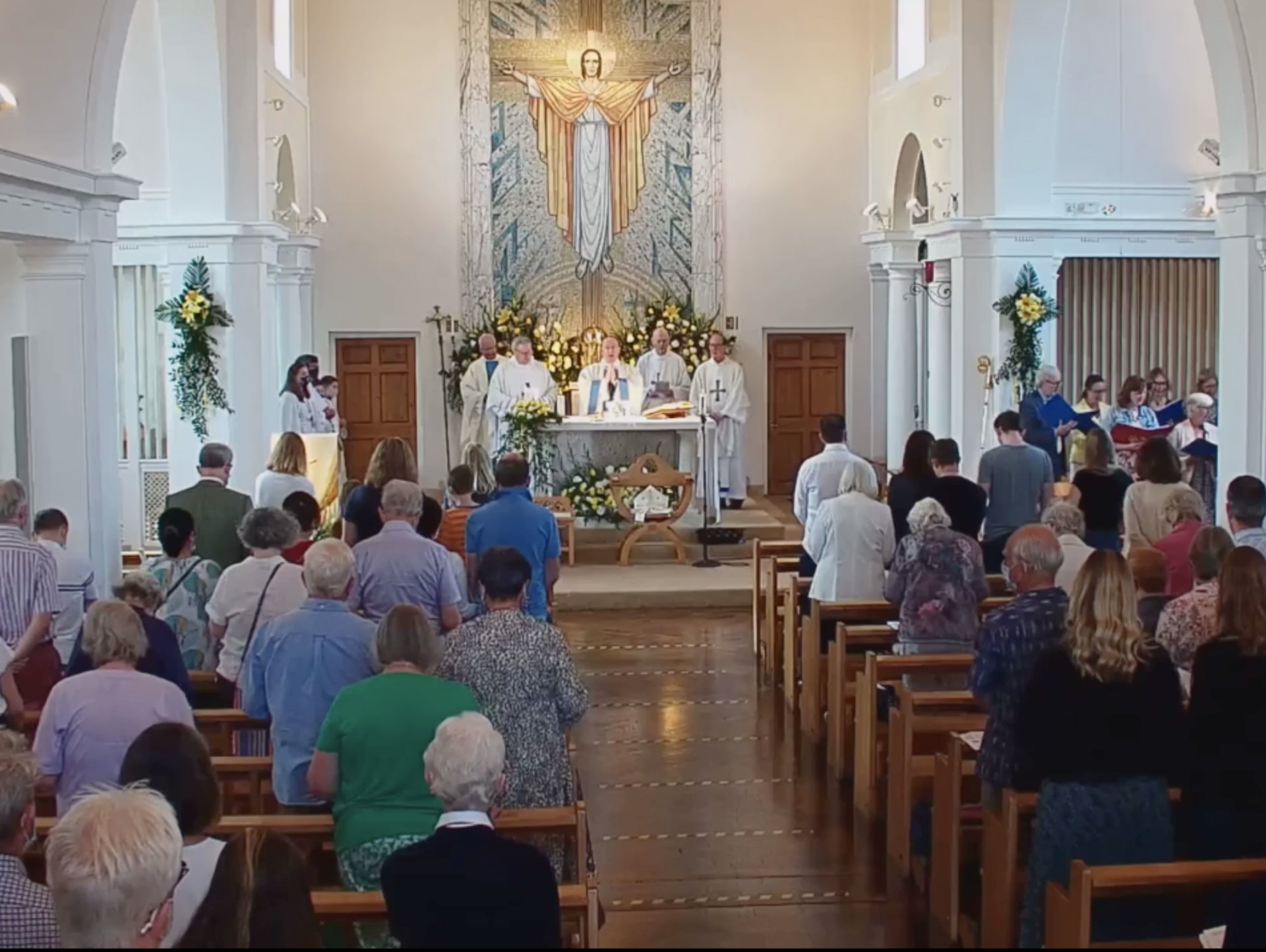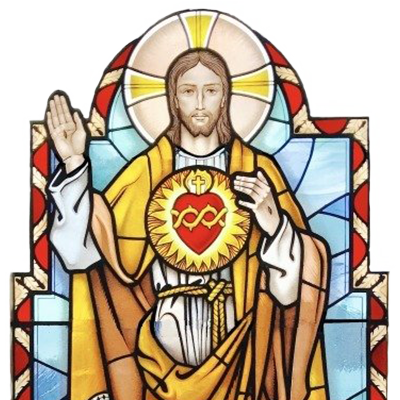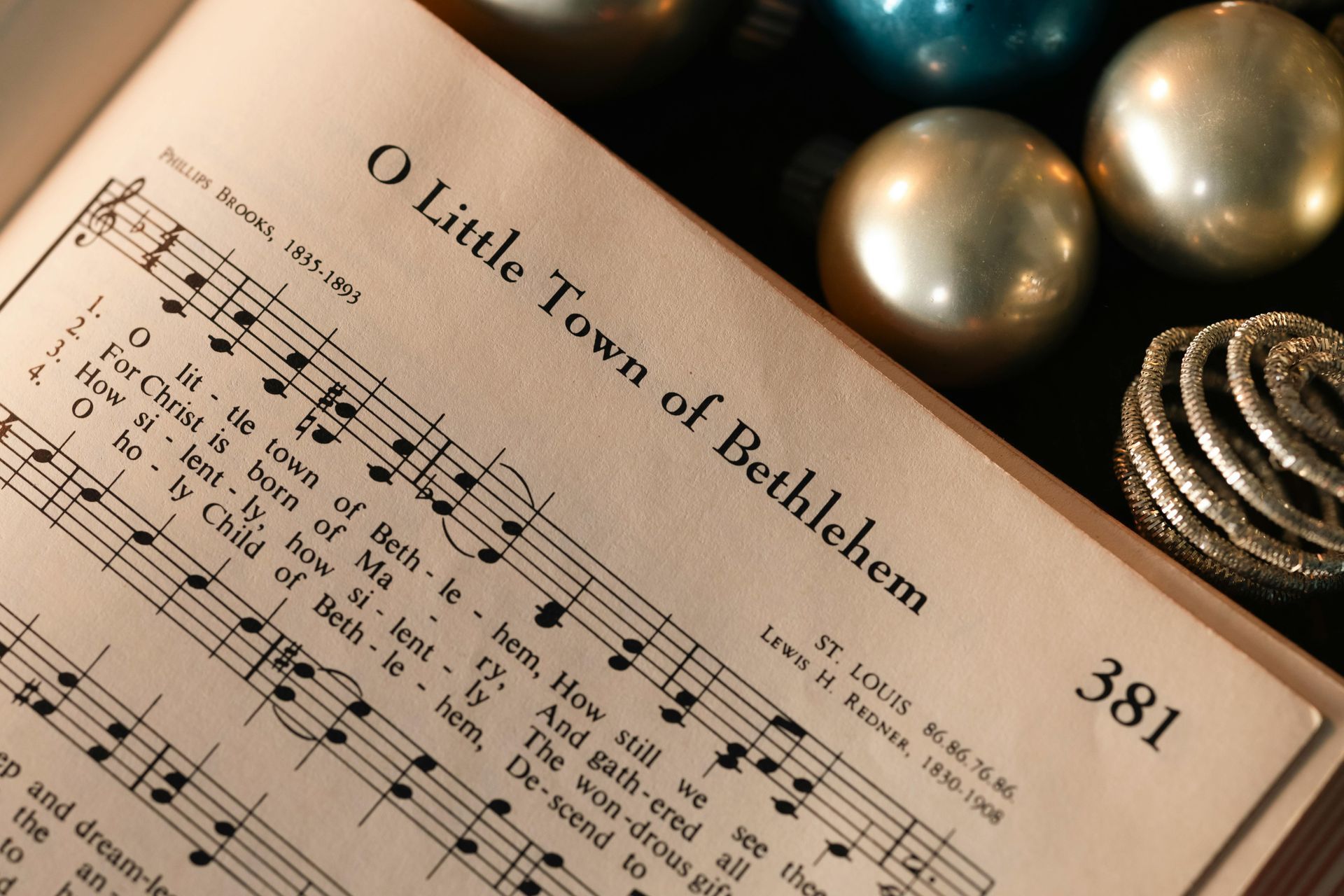Annunciation of the Lord
This feast, now recognized as a solemnity, was first celebrated in the fourth or fifth century. Its focus is the Incarnation:
God has become one of us.
From all eternity God had decided that the Second Person of the Blessed Trinity should become human. Now, as Luke 1:26-38 tells us, the decision is being realised. The God-Man embraces all humanity, indeed all creation, to bring it to God in one great act of love.
Because human beings have rejected God, Jesus will accept a life of suffering along with an agonizing death: “No one has greater love than this, to lay down one’s life for one’s friends” (John 15:13).
Mary has an important role to play in God’s plan. From all eternity, God destined her to be the mother of Jesus and closely related to him in the creation and redemption of the world. We could say that God’s decrees of creation and redemption are joined in the decree of Incarnation. Because Mary is God’s instrument in the Incarnation, she has a role to play with Jesus in creation and redemption. It is a God-given role; it is God’s grace that from beginning to end, Mary becomes the eminent figure she is only by God’s grace. She is the empty space where God could act. Everything she is she owes to the Trinity.
Mary is the virgin-mother who fulfils Isaiah 7:14 in a way that Isaiah could not possibly have imagined. She is united with her son in carrying out the will of God (Psalm 40:8-9; Hebrews 10:7-9; Luke 1:38). Together with Jesus, Mary, privileged and graced, is the link between heaven and earth. She is the human being who best, after Jesus, exemplifies the possibilities of human existence. She received into her lowliness the infinite love of God. She shows how an ordinary human being, in the ordinary circumstances of life, can reflect God . She exemplifies what the Church and every member of the Church is meant to become. She is the ultimate product of the creative and redemptive power of God. She manifests what the Incarnation is meant to accomplish for all of us.
